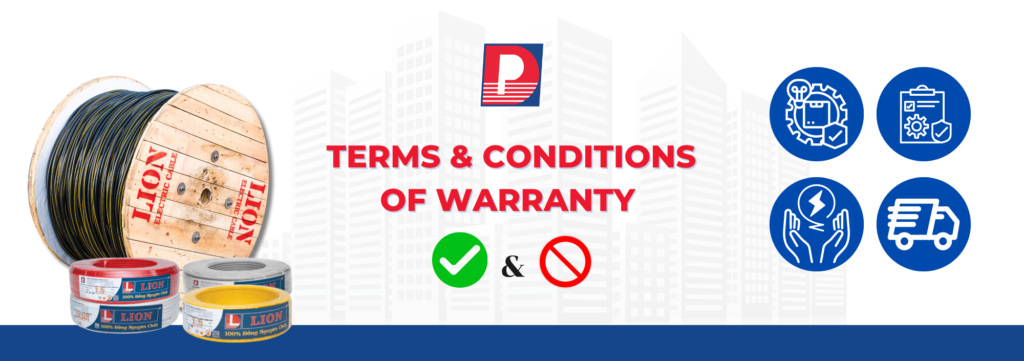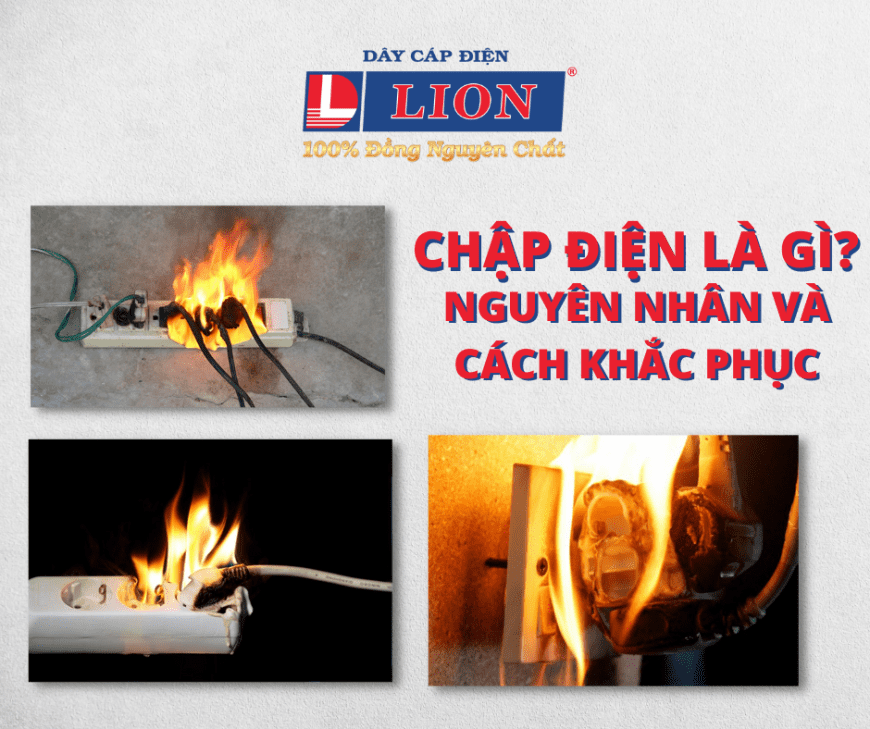Wire Cable: A Comprehensive Guide to Different Types of Electrical Cables
In the current market, a wide variety of wire cable options are available to meet different electrical conducting environments, whether for indoor or outdoor use. However, understanding the specific functions of each wire cable type is crucial for making informed decisions. This article by DAPHACO serves as a valuable resource for individuals seeking information on wire cables.
Two primary categories of wire cables are commonly found in the market: insulated and non-insulated cables. When it comes to indoor environments, the preferred choice is wire cables with PVC insulation. The relevant product information, including manufacturer details and industry standards, is usually indicated through identifiable markings on the cable itself.
Solid Core Wire Cables: These cables feature a single rigid core made of high-quality copper or aluminum, enveloped by a PVC insulation layer. Solid core wire cables have gained popularity for various household electrical applications.
Flexible Single-Core Wire Cables: Similar to solid-core cables, flexible single-core cables consist of a single conductor. However, the key distinction lies in their flexible conductive core, comprising multiple twisted copper strands encased in PVC insulation. These fine, pliable strands, with a diameter of approximately 0.2mm, are commonly used in electrical wiring for distribution panels, automotive vehicles, motorcycles, and more.
Flexible Coiled Wire Cables: Offering enhanced flexibility, these cables comprise multiple layers of insulated conductive wires. The inner core consists of several thin copper wires, resulting in exceptional pliability. Flexible coiled wire cables find extensive use in electric stoves, and irons, as well as the manufacturing and everyday use of various electrical devices, prioritizing user safety.
Twin-Core Wire Cables: Designed with flexibility in mind, twin-core cables feature soft and adaptable strands made of small-diameter copper wires (approximately 0.2mm). These strands run parallel to each other and are insulated using PVC. Twin-core wire cables are ideal for applications that necessitate frequent movement, making them a preferred choice for both domestic and commercial electrical setups.
- With an array of wire cable brands available on the market, selecting a high-quality, safe, and cost-effective option requires consideration of the following factors:
- Choose wire cables that provide comprehensive and detailed information on the packaging and cable itself.
- Prioritize cables that disclose vital specifications such as construction, cross-sectional area, and other relevant technical details.
- Opt for wire cables with smooth and glossy exteriors, devoid of any roughness or texturing often associated with lower-quality alternatives.
- Look for wire cables featuring highly flexible plastic sheaths that can be stretched or pulled without breaking. The cable’s surface should also resist cracking, even when subjected to repeated bending.
- During the evaluation process, compare the cable’s information against its actual specifications, including the number of cores, cross-sectional area, and insulation properties.
- Exercise caution when encountering wire cable products that significantly deviate from the prevailing market prices to avoid purchasing substandard items.
Additionally, reach out to wire cable manufacturers directly for expert advice on selecting the most suitable products for your specific requirements.
By following these guidelines and understanding the intricacies of wire cables, individuals can make well-informed decisions, ensuring the optimal selection of wire cables for their electrical needs.



